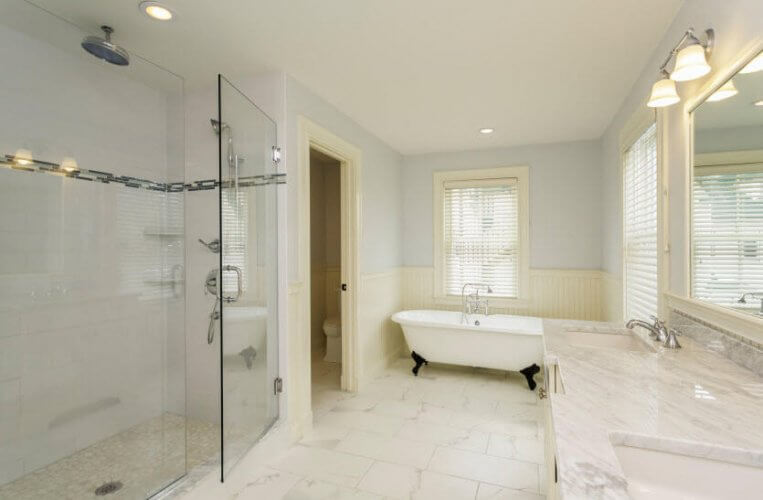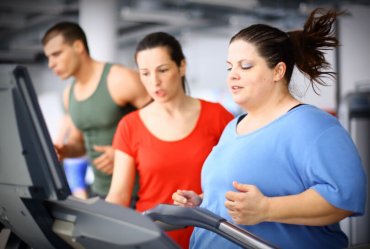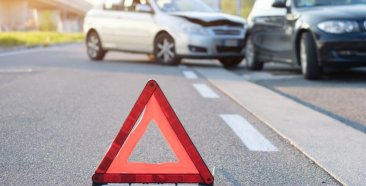
Bathroom hazards are more prevalent than you may think; it’s where more than several million injuries occur annually. According to the Centers for Disease Control and Prevention:
• About 81% of the injuries were caused by falls.
• Women were more likely to be hurt than men.
• Two-thirds of all injuries occurred in the tub or shower, though only 2.2% occurred while getting into the shower or tub
From sprains, contusions, fractures and concussions to electrical shock resulting in death, your bathroom can be a dangerous place. In this article, you’ll find tips for bathroom safety, preventing falls, burns and shocks, highlighting improper use of bathroom chemical products, and preventing drowning. These important bathroom safety tips apply to young children as well as to adults. Here’s another tip: Having up-to-date health insurance is always a good idea.
1. Bathtub safety for children. Adults should not leave children younger than 6 years of age unattended, with or without water. The bathtub can be very slippery, especially for children, causing them to trip and fall,. When there is water in the tub, a child is more vulnerable to drowning. Practice bathroom safety by keeping an eye on young children in the tub, at all times.
2. Prevent falls in the bathroom, by using non-skid decals or rubber mats in the tub. This bathroom hazard is quite common – when water in tubs is combined with residue from soap and hair products, this creates a very slippery surface.
3. Prevent burns from excessively hot water by keeping young children away from the water spout. An accidental turn of the faucet knob can release scalding hot water to come out, resulting in serious skin burns. You can also set your water heater to below 120 degrees Fahrenheit or install a device that prevents the water from going above 120 degrees.
4. Prevent electrical shock by keeping electric devices away from the tub and sink. This is an extremely dangerous bathroom hazard that can prove to be fatal. Any hair straighteners, curling irons, electric shaving razors, radios, etc., should not be kept plugged in by the sink or bathtub. Be sure to unplug the device after each use and do not stand in water while you are using these devices.
5. Prevent improper use of drugs or bathroom chemicals by keeping these out of reach of young children. Store any medicines in a locked cabinet that is not accessible to children. Also, teach your children about the dangers of improper use of cleaning products that can lead to death if used incorrectly.
6. Prevent drowning in bodies of water in the bathroom by closing and using a lid lock on the toilet if you have young toddlers. They may be curious and fall into the toilet head first and unable to get back out. Again, don’t leave children unattended in a bathtub with or without water.
When you practice these bathroom safety tips in your home, be sure to instruct all caregivers (grandparents, aunts and uncles, baby sitters, friends) in these tips as well. Bathroom hazards and occurrences are more prevalent than you may think; it is where more than several million injuries occur annually.
Practice bathroom safety in your home and prevent your family from being unintentionally harmed. And while you’re at it, make sure you’ve got good health insurance coverage.
Have you ever been injured in your bathroom? Feel free to share your thoughts in the comments section below.



